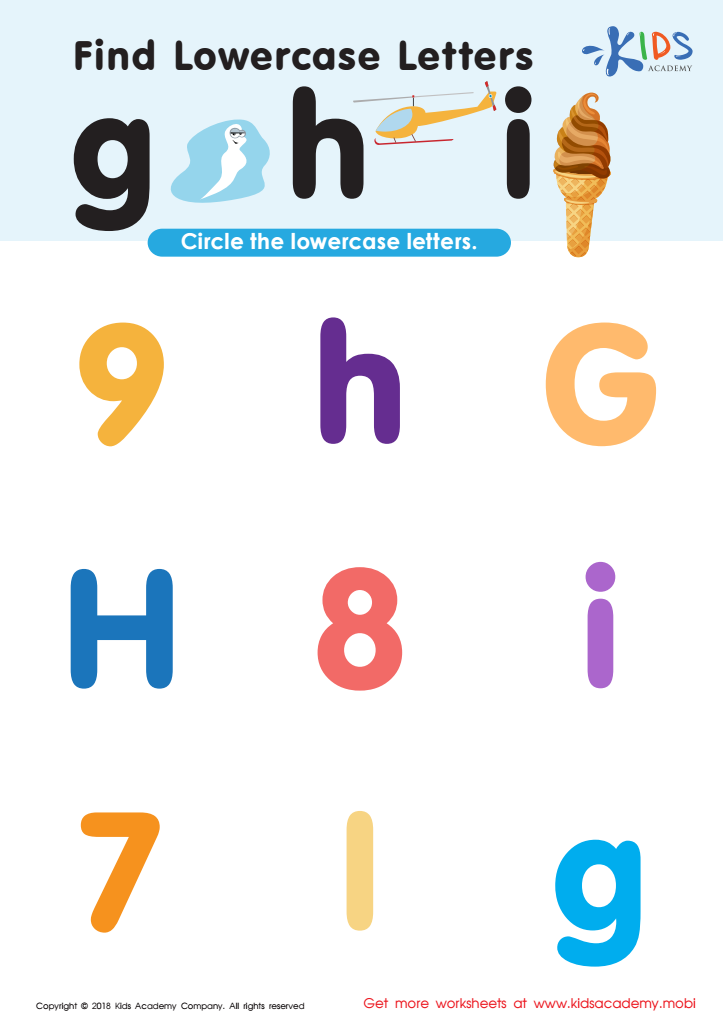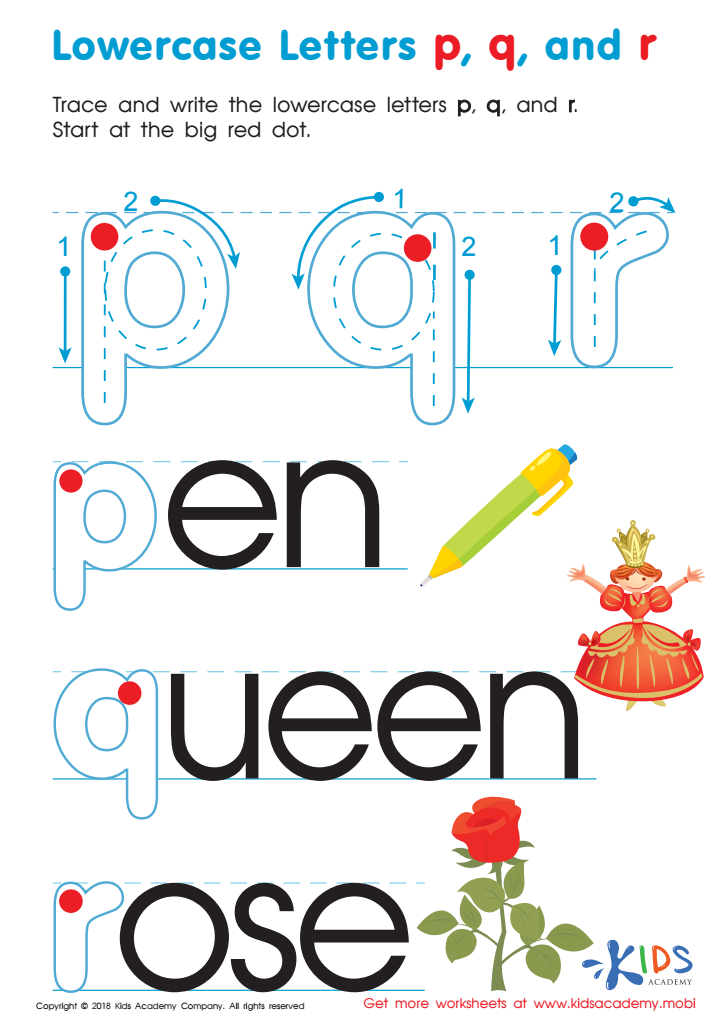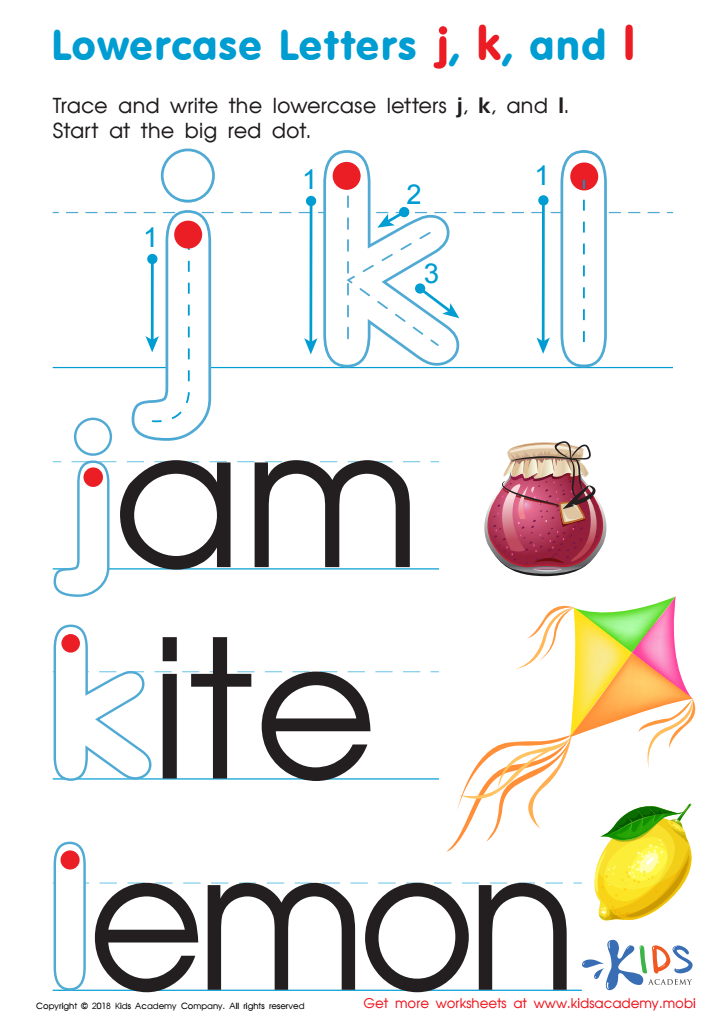Alphabet sequencing Normal Alphabet Worksheets for Ages 4-7
4 filtered results
-
From - To
Introduce your child to the exciting world of letters with our Alphabet Sequencing Normal Alphabet Worksheets for Ages 4-7. These engaging worksheets are designed to help young learners master the order of the alphabet through fun and interactive exercises. Perfect for children ages 4-7, the activities promote critical thinking, fine motor skills, and a solid foundation in alphabetical awareness. With colorful illustrations and easy-to-follow instructions, these worksheets make learning enjoyable and effective. Ideal for both classroom use and homeschool settings, our resources provide the perfect support for early literacy development. Start exploring today and watch your child’s confidence soar!


Find Lowercase Letters g h i Worksheet


Lowercase Letters p q r Worksheet


Uppercase Letters Maze Worksheet


Lowercase Letters j k l Worksheet
Alphabet sequencing, a fundamental literacy skill for children aged 4-7, plays a crucial role in their early education. For both parents and teachers, fostering this skill is essential as it lays the groundwork for reading, writing, and communication. Alphabet sequencing helps children understand the order of letters, enabling them to decode words and recognize patterns in language—a key aspect of effective reading.
When children grasp the sequence of the alphabet, they can more easily learn to spell and construct words, leading to improved writing skills. This foundational knowledge is pivotal for their academic growth across all subjects. Additionally, alphabet sequencing enhances cognitive development by promoting memory, attention, and problem-solving abilities.
Moreover, a strong foundation in alphabet sequencing instills confidence in young learners, creating a positive attitude toward learning. Children who master this early skill are more likely to progress smoothly through more complex literacy tasks, reducing frustration and fostering a love for reading.
For teachers, integrating alphabet sequencing into the curriculum can make the learning process more engaging, using a variety of activities such as songs, games, and crafts to reinforce the skill. For parents, practicing at home can be a bonding and enriching experience, demonstrating the importance of education and providing additional support outside the classroom.

 Assign to My Students
Assign to My Students



















